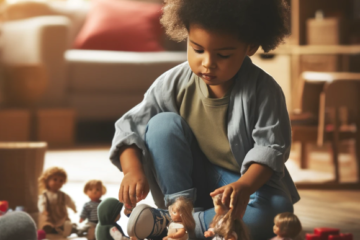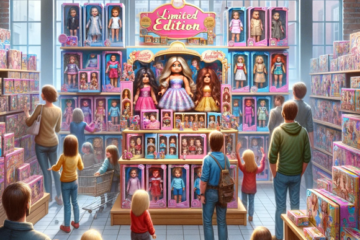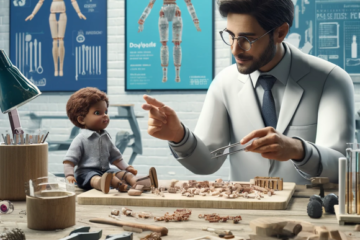In the vast tapestry of human diversity, each thread contributes to the richness of our collective experience. Yet, for too long, certain threads have been overlooked or underrepresented, particularly when it comes to portraying individuals with disabilities. This is where the humble doll steps in, becoming not just a toy but a powerful tool in shaping perceptions, fostering empathy, and promoting inclusivity.
From childhood, dolls serve as companions, mirrors of our imagination, and vessels for storytelling. They are more than mere playthings; they are conduits through which we explore the world around us. However, for many children with disabilities, finding dolls that reflect their own experiences can be a challenge. Historically, the toy industry has often fallen short in providing representation for diverse abilities, inadvertently sending the message that certain identities are not worthy of visibility or acknowledgment.
Yet, as awareness grows and advocacy amplifies, the landscape is slowly shifting. Doll manufacturers, educators, and activists are recognizing the importance of inclusivity in play. The introduction of dolls with disabilities—wheelchair users, amputees, individuals with hearing or visual impairments—signals a profound change. These dolls are not just plastic and fabric; they are ambassadors of acceptance, symbols of validation for those whose experiences have been marginalized.
The impact of such representation cannot be overstated. When children see themselves reflected in their toys, it validates their existence, affirms their worth, and fosters a sense of belonging. Moreover, it cultivates empathy and understanding in their peers, breaking down barriers and fostering a more inclusive society. Through play, children learn to see beyond differences, recognizing the inherent humanity in everyone.
Moreover, dolls with disabilities provide opportunities for education and empowerment. They become tools for parents and educators to initiate conversations about diversity, equality, and inclusion. By incorporating these dolls into classrooms and playrooms, we create environments where all children feel seen, valued, and understood. This, in turn, lays the foundation for a more compassionate and equitable future.
However, the journey towards true inclusivity is ongoing. While strides have been made, there is still much work to be done. Dolls with disabilities should not be seen as a niche market or a passing trend but as an integral part of the toy industry landscape. Their presence should be normalized, celebrated, and expanded upon to reflect the full spectrum of human experience.
In conclusion, the importance of dolls in representing people with disabilities goes beyond mere representation—it is about dignity, equity, and humanity. By embracing diversity in our toys, we not only enrich the play experiences of individual children but also sow the seeds of a more inclusive and empathetic society. As we continue to advocate for representation and accessibility, let us remember the transformative power of a simple doll to shape hearts, minds, and futures.



0 Comments